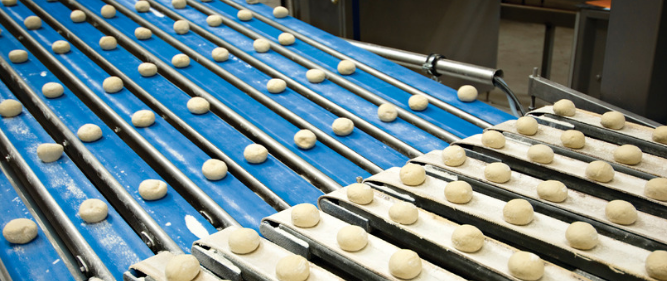We still have a few months left in 2019, but if you’re considering building or renovating a facility sometime next year, the time to start planning may be now. Equipment lead times are growing longer — upwards of 18 to 26 weeks in some cases — and it can be even more for equipment shipped from overseas.
So how can you best prepare for your upcoming project so you don’t encounter equipment delays? In my experience, there are two major things to consider before meeting with your builder.
1. Establish exact recipes first
It may seem obvious, but it’s critical to have all your product recipes in order before moving forward with facility design. It’s extremely difficult to make equipment decisions if you don’t know what your specific ingredients and amounts will be.
I’ve seen this happen with some companies who know what they want to produce but haven’t established the exact recipe before sitting down with their builder. For example, if a bakery that produces dinner rolls wants to introduce a foot-long sub roll, the increase in ingredient quantities can greatly affect the equipment needed, even though it’s a similar product. Not having this recipe figured out in advance can trigger months of delays in some cases.
At the end of the day, your builder can’t tell you how to make your product. Their job isn’t to advise on which flour to use, but they can help you select the right equipment to get the right amount of flour into your dough mix.
Takeaway: Have all your recipes in order before you meet with your process engineer because these need to be finalized before equipment can be selected.
2. Assign a small team of decision makers
Moving a project forward can be difficult when there are too many cooks in the kitchen. Establish a small team and/or point person who will make equipment decisions and serve as the liaison to your builder and process engineers.
Rather than wait for your designers to gauge feedback from all of your employees, save time by doing this in advance. This will help keep the project moving ahead quickly and save money. Sending engineers and designers from your builder’s firm to collect employee feedback and discuss equipment options saves valuable time that could be spent more efficiently.
Takeaway: Establish a team of decision makers. Collect employee feedback on equipment needs first, then synthesize it and provide it to your engineering firm.
Want to know more about planning for your new equipment? Ask me questions in the comments below or email me at foodforthought@stellar.net



